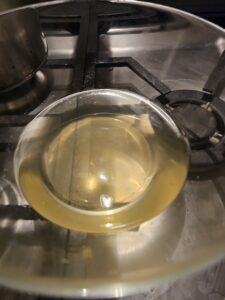What is dashi?
Dashi is a simple Japanese soup stock. It is popular in Japanese cuisine because, unlike other broths that are more complicated and time consuming, it uses very few ingredients and takes only about twenty minutes to prepare. And it is absolutely delicious.
The method is straightforward: soak kombu (a type of seaweed that is essential for dashi) in cold or lukewarm water. For a richer version, add bonito flakes and, if you like, other dried ingredients such as sardines or anchovies, mushrooms, shrimp, beans, or soybean sprouts…
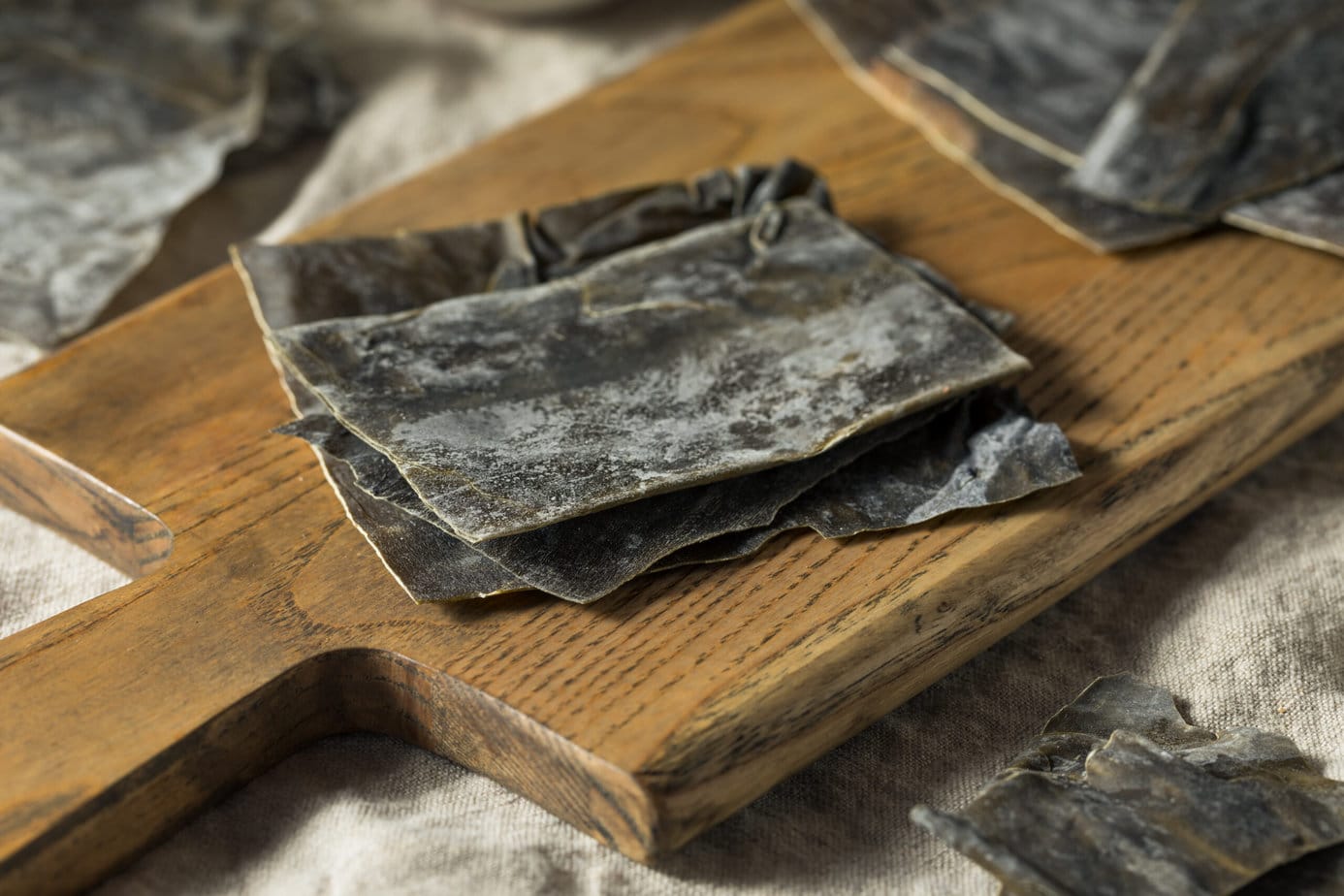
Origins of dashi
The origin of basic dashi is tied to broth itself: once people realised they could safely eat foods after cooking them, broths such as dashi quickly became widespread.
Richer versions of dashi have existed since antiquity, ever since people first dried tuna to make bonito. Yet dashi truly gained popularity much later, around the Meiji era, when the Japanese sought alternatives to dried bonito, which had become very expensive.
What does dashi taste like?
Dashi is an intensely flavored broth that showcases the umami character prized in Japanese cooking, with clear notes of sweetness and saltiness. Technically it is closer to a stock than a finished broth: you usually add a little salt (often through tamari soy sauce) and a hint of sweetness with mirin so the flavors can fully bloom.

How do you use dashi?
The most common use for dashi is as the base for a miso soup. Using dashi instead of vegetable or chicken stock gives you the authentic miso soup, guaranteed. The taste is unmatched.
Beyond that, you can use dashi in any dish that involves simmering: noodle soups, stews, ragouts, hot pots… You can even whisk a little into sauces to give them an instant boost.
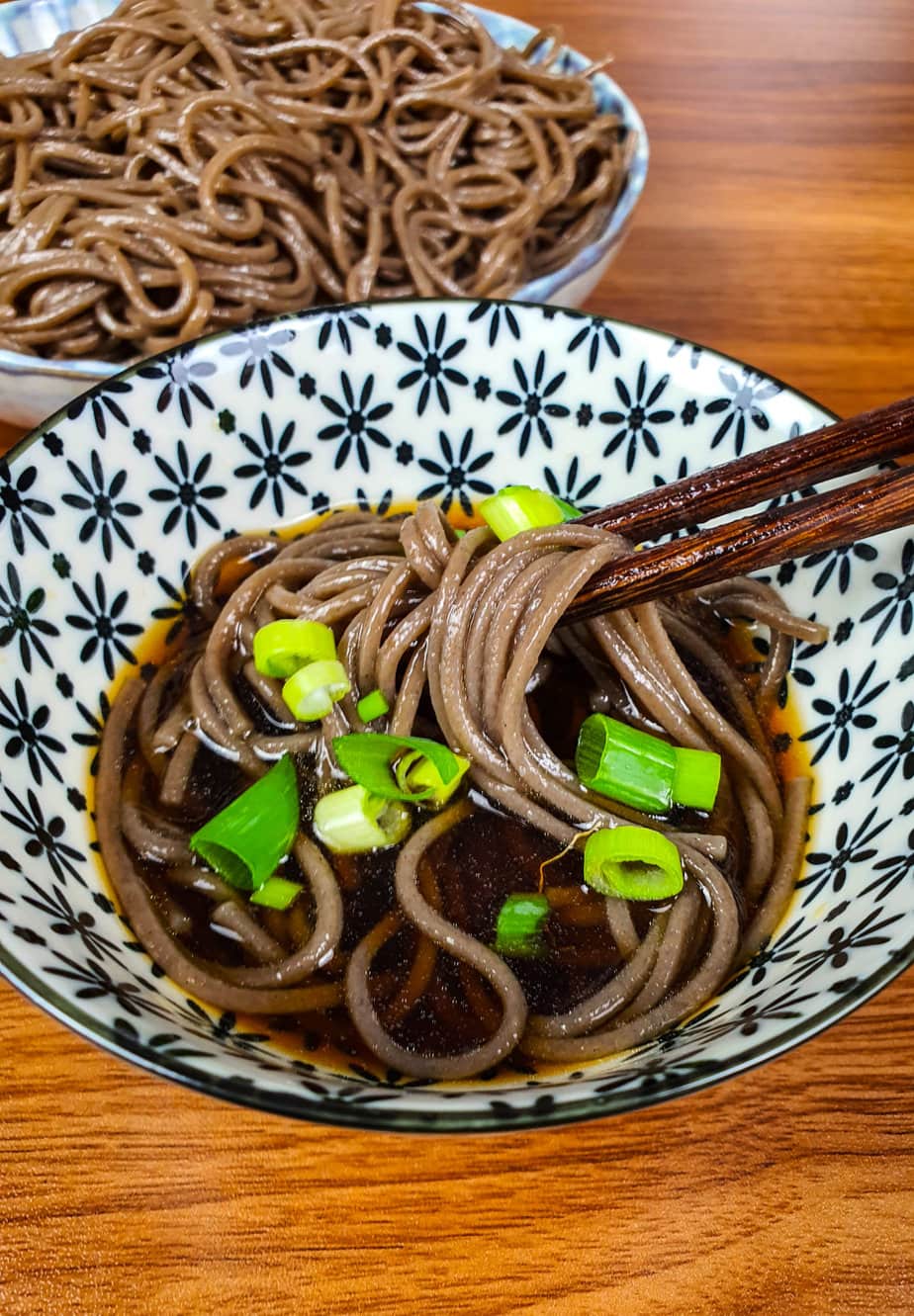
The different types of dashi
Broadly speaking, there are five main kinds of dashi:
Simple dashi stock (“awase dashi”): the classic base, a broth made from kombu (dried seaweed) and katsuobushi (dried bonito). Perfect for miso soup!
Vegan dashi stock (“kombu dashi”): the easiest dashi to make. No fish flakes – only dried seaweed. Perfect if you are vegetarian or vegan, or for dishes where fish is already the star so you do not alter its taste.
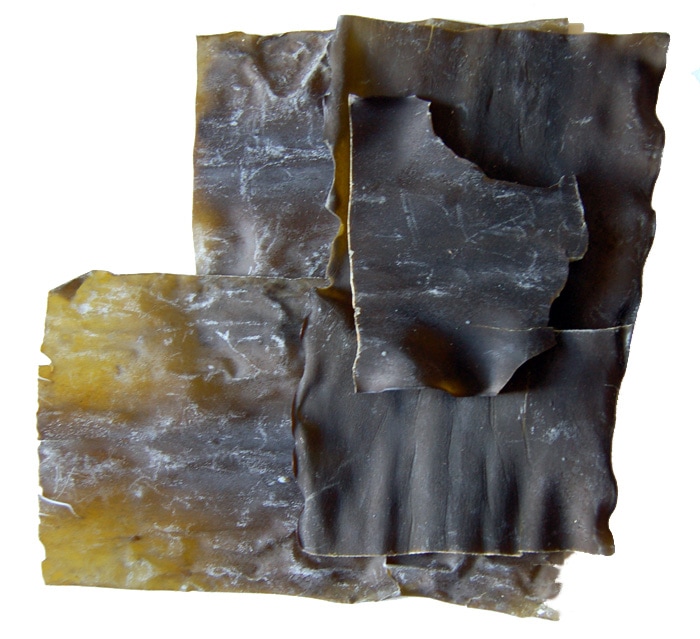
Bonito dashi stock (“katsuo dashi”): the opposite of the previous one. Only dried bonito flakes are used, without seaweed. Ideal in noodle soups and vegetable dishes.
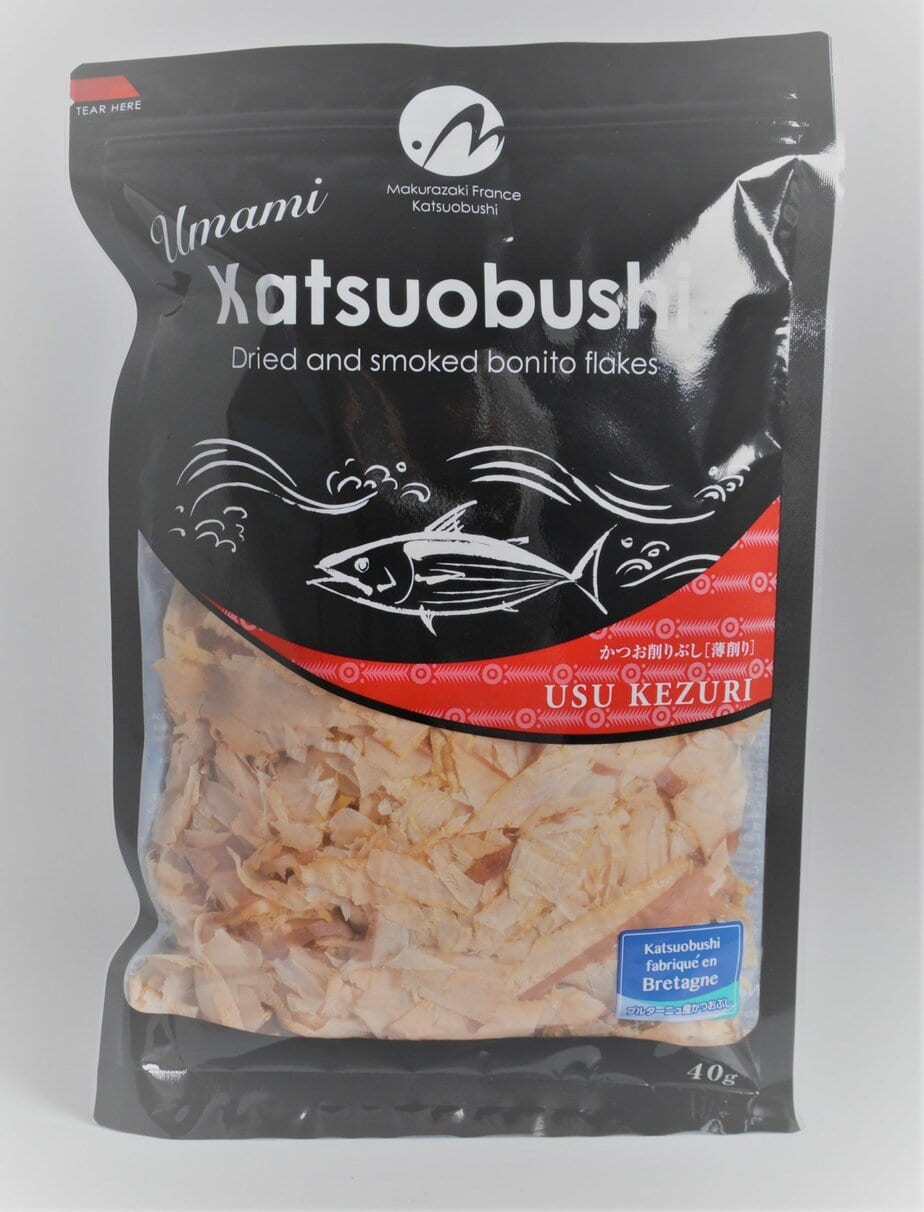
Anchovy or sardine dashi stock (“iriko” or “niboshi dashi”): probably the most affordable dashi. It is similar to katsuo dashi, but the dried bonito is replaced with dried anchovies or sardines. Use it for miso soup or stews, but avoid it with fish dishes, which already have a strong flavour.
Mushroom dashi stock (“shiitake dashi”): similar to kombu dashi, but made with dried shiitake mushrooms instead of seaweed. Because the resulting broth is mild, it is often blended with kombu dashi or katsuo dashi for extra depth. Ideal for all kinds of dishes, including Chinese recipes.
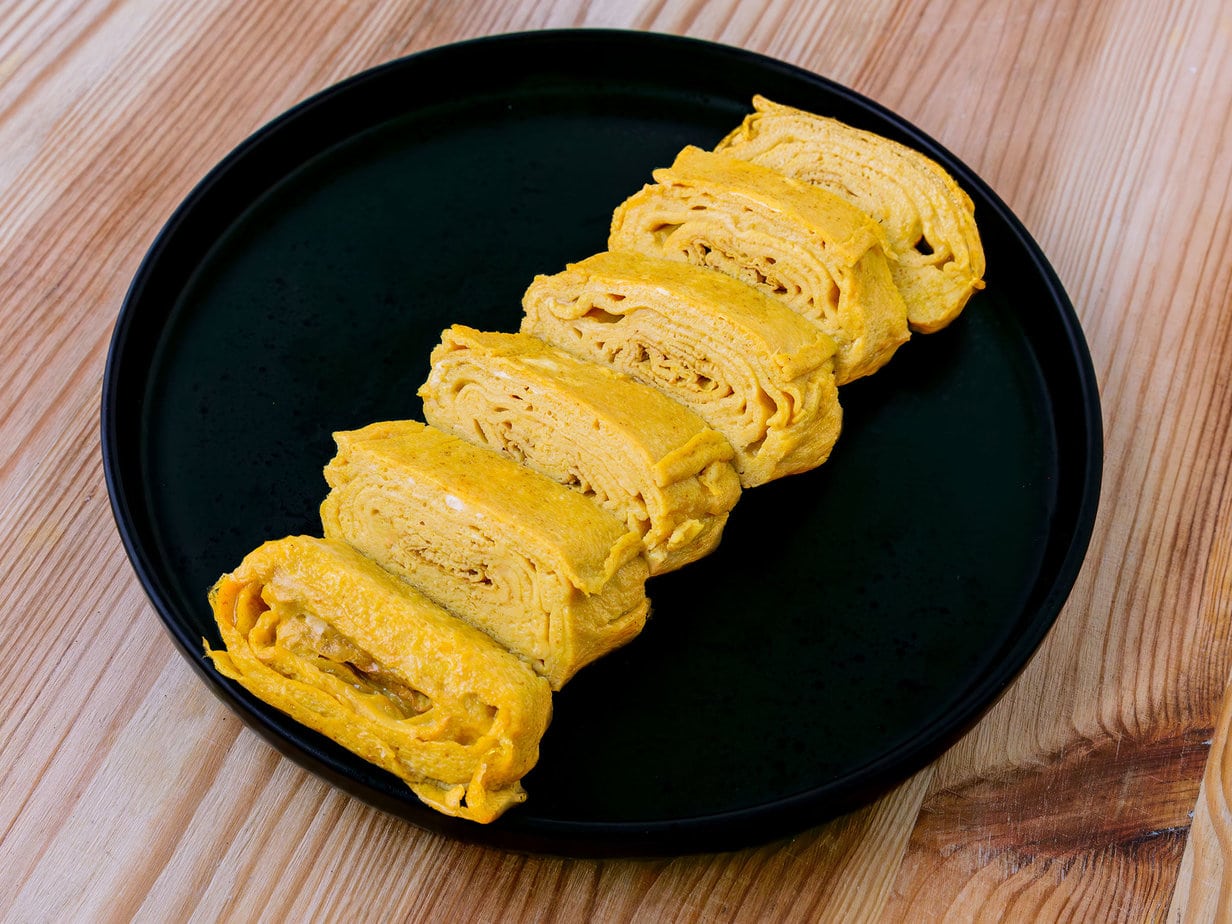
Powdered dashi
No time to make a proper dashi? There is an alternative: powdered dashi. It is the easiest way to add dashi flavor to your recipe without spending any time on preparation.
Simply sprinkle it over your food as it cooks. If you feel guilty and want to play by the rules, mix equal parts boiling water and dashi powder to create a quick dashi broth…

That said, read the ingredient list. Many powdered dashis contain nothing more than the classic dashi ingredients in powdered form, so you get an authentic taste without eating an ultra processed product. Win win.
Replacing dashi
As with many ingredients, dashi can be replaced if you do not have any on hand. Think carefully about the type of dashi you are substituting and the flavour you want in your dish.
It is simple. If you need to replace katsuo dashi or iriko dashi, you are aiming for fish flavours. Add small pieces of white fish or shrimp to your recipe. This trick also works for dishes such as okonomiyaki.
To replace vegetarian dashi, use seaweed or mushrooms. And as a last resort, you can always rely on those trusty stock cubes lurking at the front of your spice drawer!
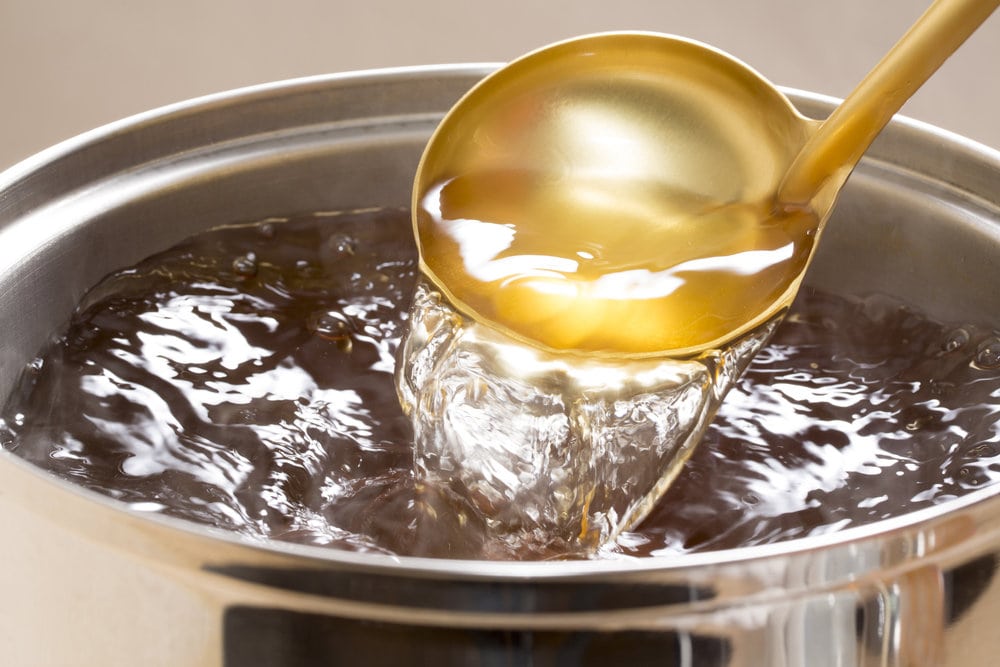
Basic Japanese Dashi Recipe
Ingredients
- 2 L water
- 30 g kombu
- 30 g dried bonito flakes
Instructions
- Combine the water and kombu in a medium saucepan. Bring to a boil over medium heat.2 L water, 30 g kombu
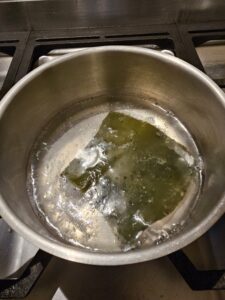
- Remove from heat and add the bonito flakes. Let stand for 10 minutes.30 g dried bonito flakes
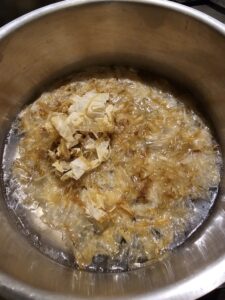
- Strain through a fine-mesh sieve and discard the kombu and bonito.
